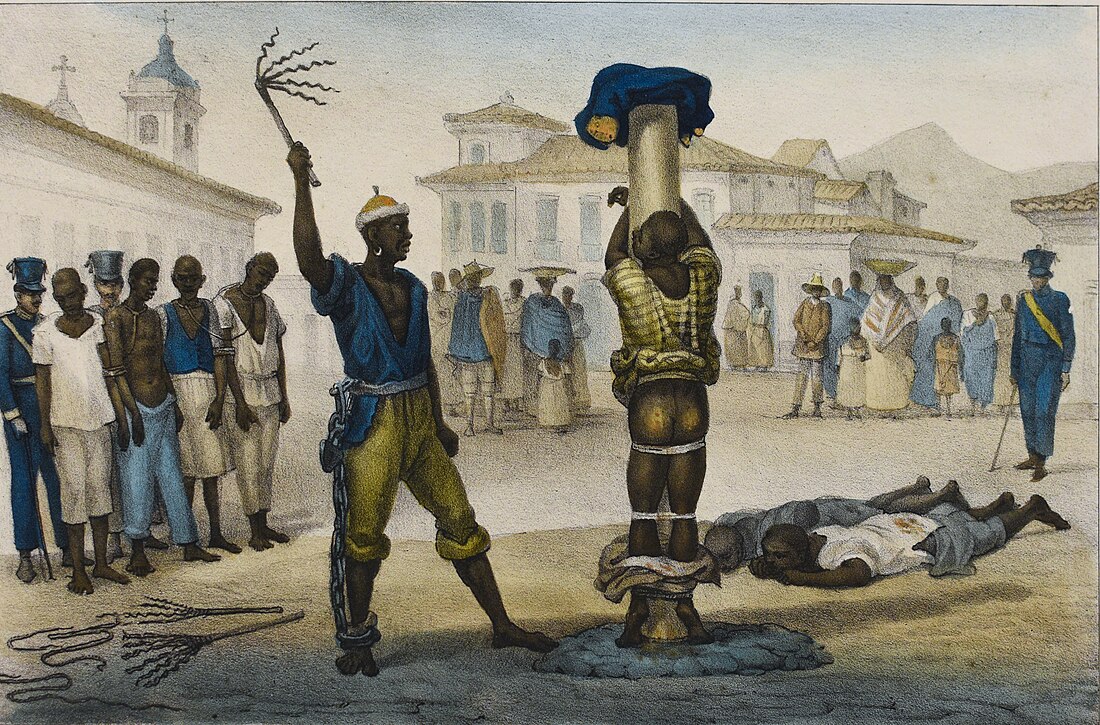Top Qs
Timeline
Chat
Perspective
Switch (corporal punishment)
Flexible rod used for corporal punishment From Wikipedia, the free encyclopedia
Remove ads
A switch is a flexible rod which is typically used for corporal punishment.[1] Switching is similar to birching.
This article needs additional citations for verification. (December 2014) |
Punitive switching
Summarize
Perspective
Switches are typically made of strong and flexible wood such as hazel, birch, or hickory.[citation needed] Willow branches are also used, as well as branches from strong trees and large shrubs. Switches are often from a garden or an orchard nearby, or taken from the wild. In the Southeastern United States, fresh-cut, flexible cane (Arundinaria) is commonly used.[citation needed]

Making a switch involves cutting it from the stem and removing twigs or directly attached leaves.[citation needed] For optimal flexibility, it is cut fresh shortly before use, rather than keeping it for re-use over time.[citation needed] Some parents decide to make the cutting of a switch an additional form of punishment for a child, by requiring the disobedient child to cut their own switch.[citation needed]
The tamarind switch (in Creole English tambran switch) is a judicial birch-like instrument for corporal punishment made from three tamarind rods, braided and oiled, used long after independence in the Caribbean Commonwealth island states of Jamaica and Trinidad and Tobago.[2][failed verification]
In the 20th and 21st centuries the use of corporal punishment has been criticized, in both North America and Europe.[3]
Remove ads
See also
References
External links
Wikiwand - on
Seamless Wikipedia browsing. On steroids.
Remove ads
